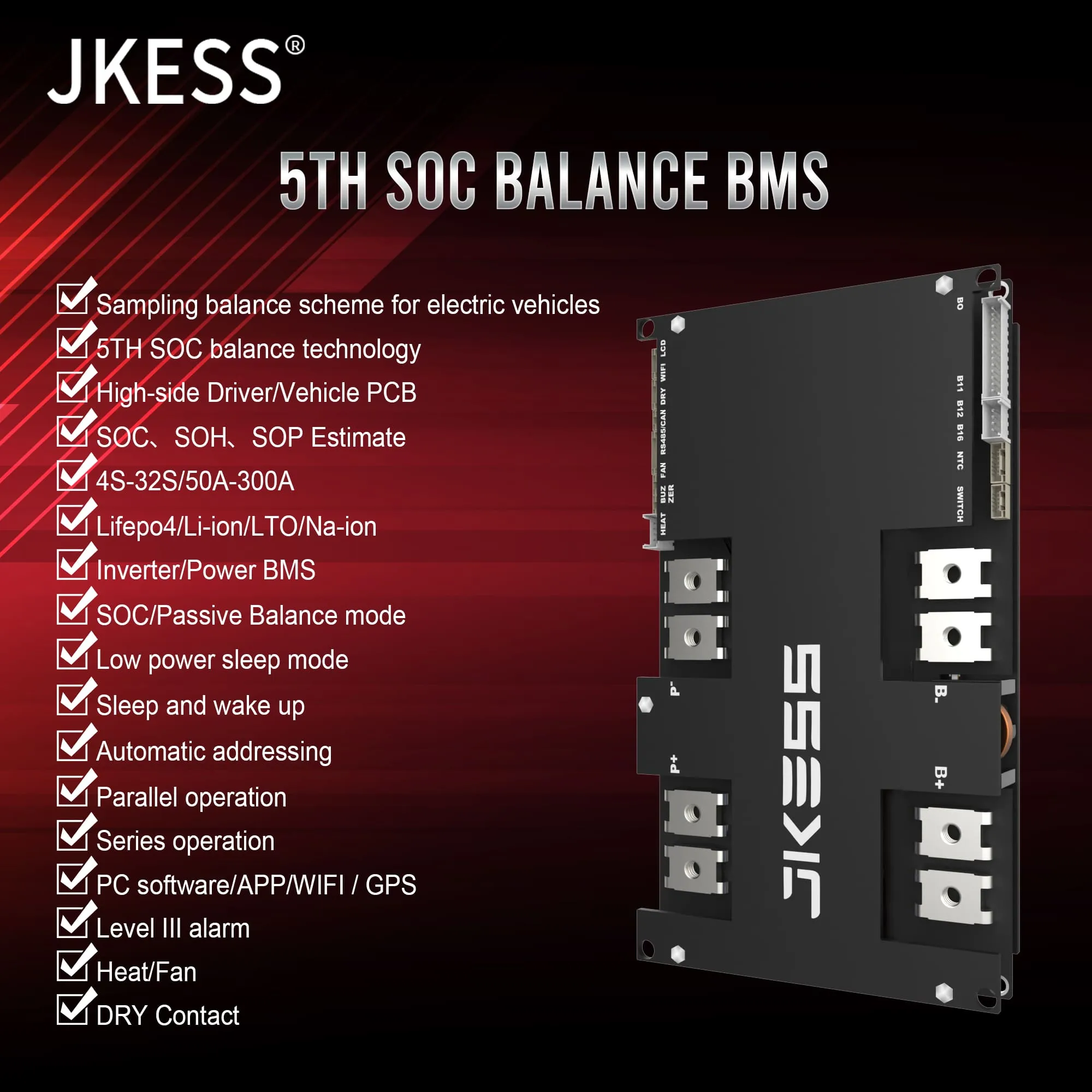Understanding Modern Energy Storage Solutions
The reliability of power supply has become increasingly critical in our technology-dependent world. Electric storage batteries have emerged as the cornerstone of dependable energy backup systems, providing essential power continuity for homes, businesses, and industrial applications. These sophisticated energy storage solutions combine advanced chemistry, intelligent management systems, and robust engineering to deliver consistent power when traditional sources fail.
Key Components of Effective Battery Storage Systems
Battery Chemistry and Composition
The foundation of any electric storage battery lies in its chemical composition. Modern storage solutions typically utilize lithium-ion, lead-acid, or flow battery technologies, each offering distinct advantages. Lithium-ion batteries have gained prominence due to their high energy density, longer lifecycle, and minimal maintenance requirements. The chemical stability of these systems ensures consistent performance even during extended storage periods, making them ideal for backup applications.
Advanced electrode materials and electrolyte compositions contribute to enhanced storage capacity and faster charge cycles. The latest electric storage battery designs incorporate nano-materials and specialized coating technologies that improve conductivity while reducing internal resistance, resulting in more efficient energy storage and delivery.
Management and Monitoring Systems
Sophisticated battery management systems (BMS) play a crucial role in optimizing electric storage battery performance. These intelligent controllers monitor various parameters including temperature, charge levels, and power flow patterns. Real-time data analysis enables the system to maintain optimal operating conditions, preventing overcharging and ensuring balanced cell performance.
Advanced monitoring capabilities allow users to track battery health and predict maintenance needs proactively. Modern systems often include remote monitoring features, enabling facility managers to oversee multiple battery installations from centralized control centers.

Performance Characteristics for Reliable Backup
Capacity and Power Output
The effectiveness of an electric storage battery in backup applications depends largely on its capacity and power delivery capabilities. High-quality systems provide consistent output voltage and current, matching the requirements of connected equipment. Storage capacity is measured in kilowatt-hours (kWh), with modern systems offering scalable solutions to meet varying backup duration needs.
Power output characteristics must align with peak load demands while maintaining stability during sudden load changes. Advanced battery designs incorporate rapid response mechanisms to handle load variations without compromising output quality.
Cycle Life and Durability
Long-term reliability is essential for backup power applications. Premium electric storage battery systems are engineered to deliver thousands of charge-discharge cycles while maintaining consistent performance. Robust construction methods and quality materials ensure mechanical stability and protection against environmental factors.
Temperature management systems and protective enclosures extend battery life by maintaining optimal operating conditions. Advanced cooling solutions prevent thermal runaway while ensuring efficient operation across diverse environmental conditions.
Installation and Integration Considerations
Space and Environmental Requirements
Successful implementation of electric storage battery systems requires careful consideration of installation space and environmental conditions. Modern designs optimize space utilization through compact form factors and modular configurations. Ventilation requirements and thermal management systems must be properly planned to maintain optimal operating temperatures.
Environmental protection features such as weather-resistant enclosures and temperature control systems ensure reliable operation in various climates. Strategic placement and proper mounting solutions contribute to system longevity and accessibility for maintenance.
Grid Integration and Control Systems
Seamless integration with existing power infrastructure is crucial for effective backup operation. Advanced electric storage battery systems incorporate sophisticated power electronics for smooth transition between grid and battery power. Smart inverter technology ensures clean power output while maintaining grid synchronization.
Control systems manage power flow direction and optimize charging patterns based on usage patterns and grid conditions. Integration with building management systems enables coordinated operation with other facility systems.
Safety and Maintenance Protocols
Safety Features and Certifications
Modern electric storage battery systems incorporate multiple layers of safety features to prevent accidents and ensure reliable operation. These include thermal runaway protection, short-circuit prevention, and emergency shutdown capabilities. Compliance with international safety standards and certifications validates the system's safety architecture.
Regular safety inspections and monitoring protocols help maintain system integrity. Advanced diagnostic tools enable early detection of potential issues before they escalate into serious problems.
Maintenance Requirements
Proper maintenance ensures optimal performance and longevity of electric storage battery systems. Regular inspection schedules, cleaning protocols, and performance testing routines form the foundation of effective maintenance programs. Modern systems often include self-diagnostic capabilities that simplify maintenance procedures.
Preventive maintenance strategies help identify and address potential issues before they impact system performance. Training programs ensure maintenance personnel understand proper procedures and safety protocols.
Frequently Asked Questions
How long do modern electric storage batteries typically last?
Modern electric storage batteries, particularly lithium-ion systems, typically last 10-15 years under normal operating conditions. However, actual lifespan depends on factors such as usage patterns, maintenance quality, and environmental conditions.
What size battery system do I need for backup power?
The required battery size depends on your specific power needs, desired backup duration, and critical load requirements. Professional assessment of power consumption patterns and peak loads helps determine optimal system capacity.
Are electric storage batteries environmentally friendly?
Modern electric storage batteries are increasingly environmentally conscious, with many manufacturers implementing recycling programs and using sustainable materials. Advanced systems also help reduce carbon footprint by enabling greater integration of renewable energy sources.
How quickly can a backup battery system respond to power outages?
High-quality electric storage battery systems can respond to power interruptions within milliseconds, providing seamless transition to backup power. Advanced power electronics and control systems ensure uninterrupted power supply to critical loads.

